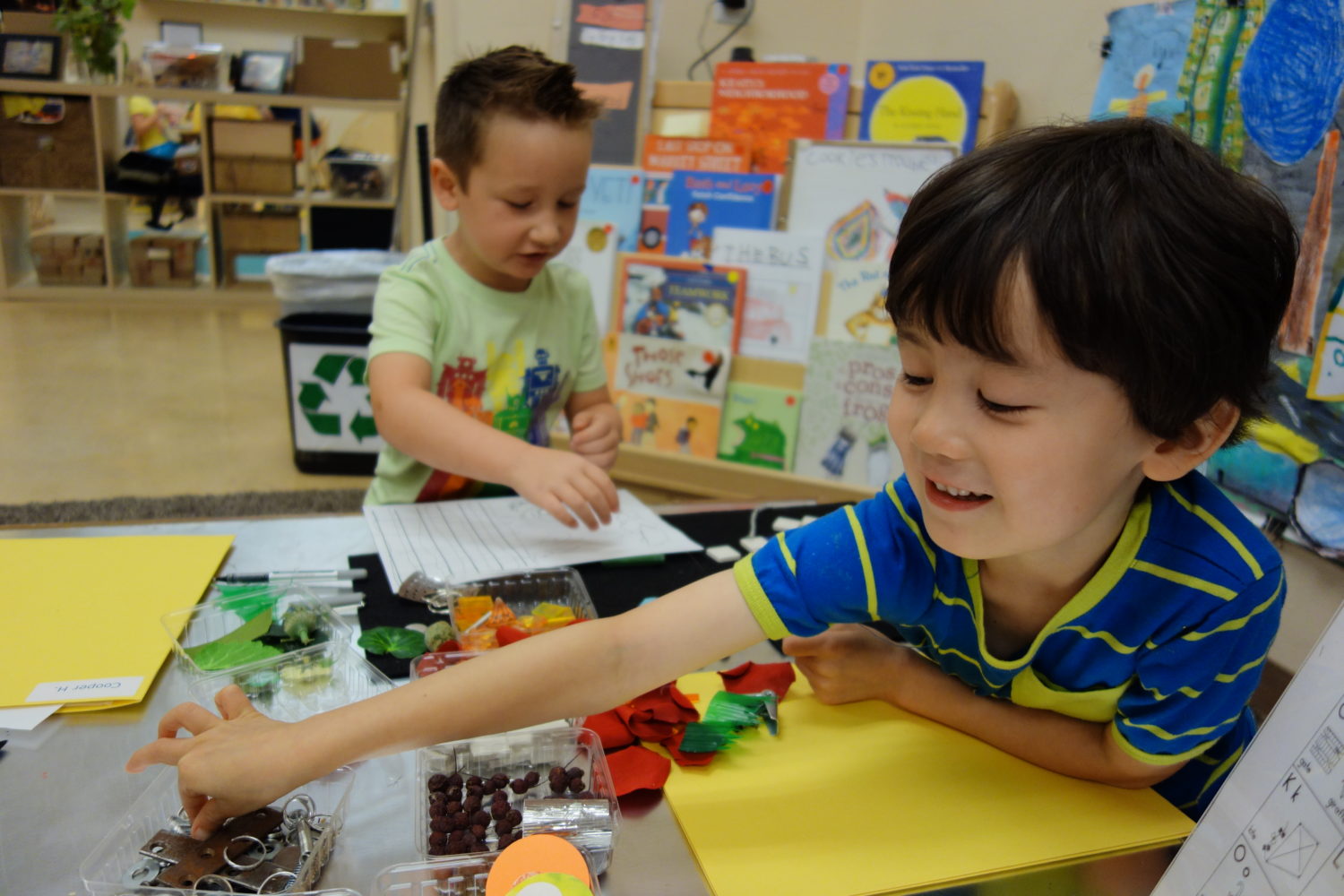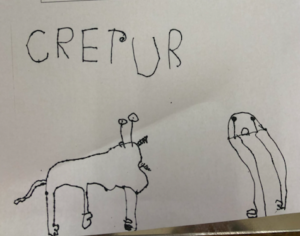What do you rely on?

In her last post, Susan shared stories about getting started with Story Workshop. She wrote that educators interested in Story Workshop often ask us, How do you get started? She told you that we often answer, It depends.
Which is true. It depends on many things – on our intentions for individuals and for the group, our relationship with individual children, what we know (or don’t yet know) about a particular group of children, what’s happening in the world around us… All of these considerations will have an influence on the decisions we make as we begin Story Workshop.
How we start Story Workshop is also based on what we know about children.
- We know that play is children’s most natural learning strategy. Because we know this, we create ample opportunities for and invite children to play.
- We know that humans are born with an innate desire to connect and feel like they belong. Because we know this, we create spaces for collaboration and we invite children to work together.
- We know that humans are driven to make meaning of our experiences and our lives through story. Because we know this, we invite children to find, tell, create, and share their stories.
These beliefs – and how we prepare for them – were evident as I observed these five-year-olds with no previous Story Workshop experience.
In the video, I see the boys use the materials to act out what they are saying; they saw this as a space to play. I see them adding onto and confirming one another’s ideas through a back and forth dialogue that begins to emerge through their play.
Weston: The earrings got smooshed.
Charlie: And then the water started flooding all over.
Weston: Oh, yeah, yeah, yeah!
Charlie: Water started flooding on the map.
I see an attempt to connect when Charlie asks Weston to join next to him:
Charlie: Do you want to do it with me, like on mine? Cause I’ve been doing it on yours yesterday, so now can you do it on mine?
And I see this attempt eagerly reciprocated as Weston says, “Yeah!” and moves his materials as he gets up to join Charlie on the other side of the table. Both children confirm and extend this feeling of connection through their body language as Charlie exclaims, “Oh yeah like that!”
I see them keep the play going by building onto each other’s words and ideas. Weston starts by sharing, “And then a path came.” Charlie uses and then repeats Weston’s language, “A path…got made. A path got made.”
 The expectation to record or capture the stories the children tell during Story Workshop had been set, so Weston and Charlie were ready with the tools they needed to begin writing their story.
The expectation to record or capture the stories the children tell during Story Workshop had been set, so Weston and Charlie were ready with the tools they needed to begin writing their story.
As Susan wrote, “first we establish an environment that promotes play, because play promotes story and story promotes writing.”
Reader, what did you notice as you watched the video?
What are some things you rely on as you begin your year?
